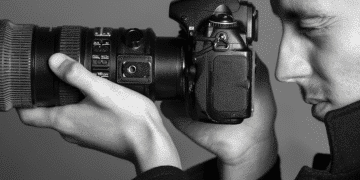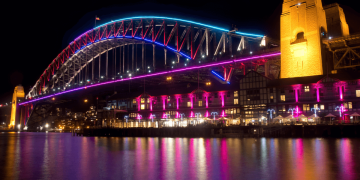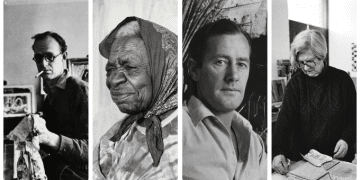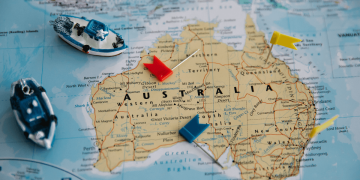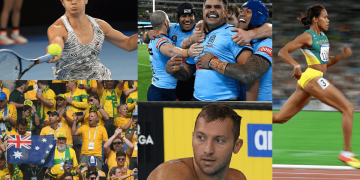How Arts & Culture Are Shaping Modern Australian Identity
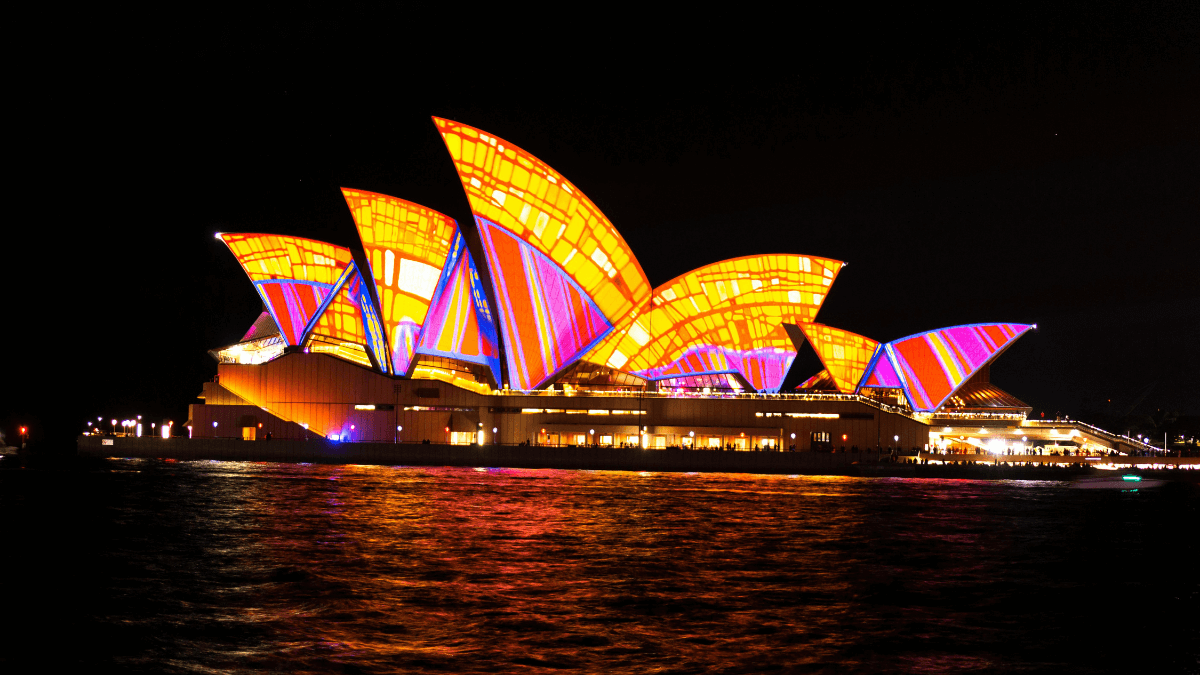
Being Australian in the modern day entails what exactly? Barbecues, beaches, and sports are frequently praised features, yet they merely reveal a superficial, ever-changing narrative. Art, music, literature, and performance—along with other cultural aspects—contribute to the ever-changing cultural terrain beneath the famous clichés, which in turn shape the contemporary Australian identity.
Australia is a huge and varied nation, and its arts and culture are more than simply forms of artistic expression; they are fundamental to the discourse of the whole country. More and more, Australian artists are providing light on the country’s identity, whether it’s through the renaissance of Indigenous storytelling or the international prominence of Australian filmmakers and singers.
The arts in contemporary Australia have grown into a potent cultural reflector and shaper, reflecting social changes and contributing to a richer, more nuanced, and genuine sense of national identity, as discussed in this article.
A Canvas of Cultures: Diversity Through the Arts
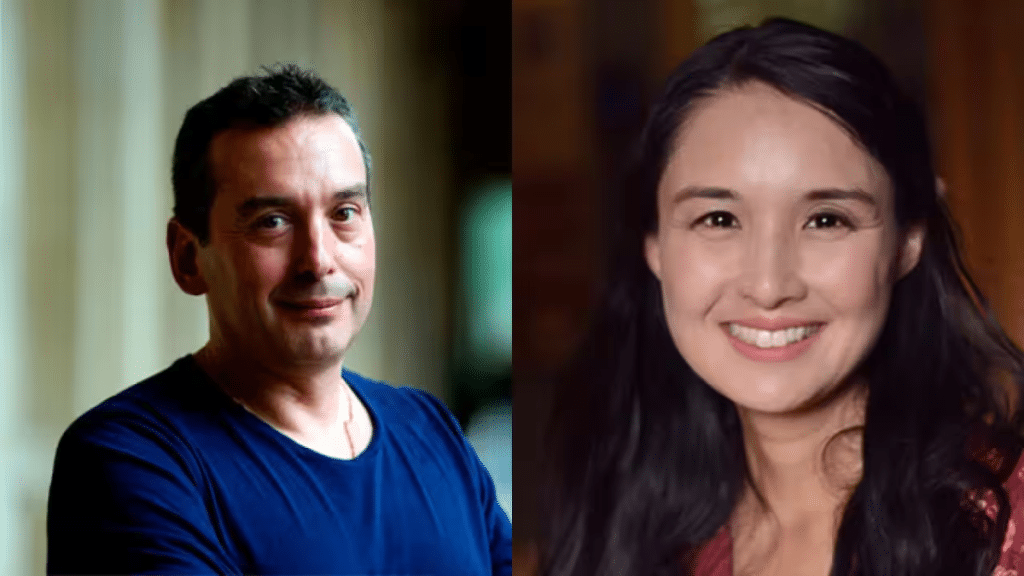
Image Source: Source: Getty Images; Courtney Brown
With over half of the population being born abroad or having an overseas parent, Australia’s population represents a diverse mosaic of cultures and ethnicities. The arts have always been a vehicle for the expression of this heterogeneous reality. Storytellers like Alice Pung and Christos Tsiolkas, filmmakers like Warwick Thornton and Rolf de Heer, and artists like Sampa the Great and Thelma Plum are weaving together tales of migration, displacement, pride, and reconciliation in ways that go beyond the dominant narrative.
Communities may make a strong statement and change the way we talk about national identity via art. There are now more places than ever before where people of all backgrounds can come together to discuss and debate the nature of contemporary Australian culture, thanks to multicultural festivals, community theatre, street art, and online forums.
Rather than presenting a static, one-dimensional image of Australian life, these varied contributions show it in all its complexity, with all its layers and, at times, conflicting aspects—exactly like the real thing.
Indigenous Art: The First Voice, Not the Footnote
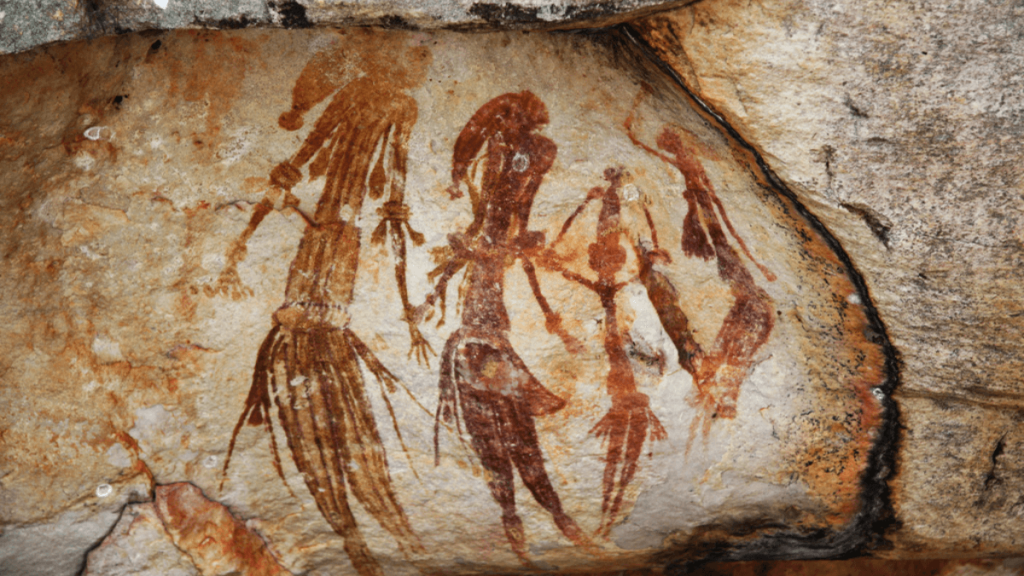
Image Source: Bradshaw Art
Prioritizing the perspectives of First Nations people is essential to any examination of the arts and Australian identity. The art of Australia’s Aboriginal and Torres Strait Islander peoples—in the forms of dot paintings, songlines, dance, and modern installations—is an integral aspect of contemporary Australian culture. These cultures are among the world’s oldest continuously existing societies.
The questioning of colonialism, racism, and sovereignty by artists such as Vernon Ah Kee, Brook Andrew, and Emily Kame Kngwarreye has garnered them worldwide renown. The Art Gallery of New South Wales and the National Gallery of Australia have both taken steps toward amplifying Indigenous voices, but the majority of the movement’s momentum is coming from the ground up.
Ilbijerri and Bangarra Dance theatrical are two examples of indigenous Australian theatrical organizations who are reclaiming space and rewriting myths that excluded them in the past. Contributing to a national identity that recognizes, embraces, and promotes First Nations culture as a dynamic, ever-changing presence rather than a vestige of the past, their work is both highly political and highly creative.
The Urban Renaissance: Street Art and Youth Culture
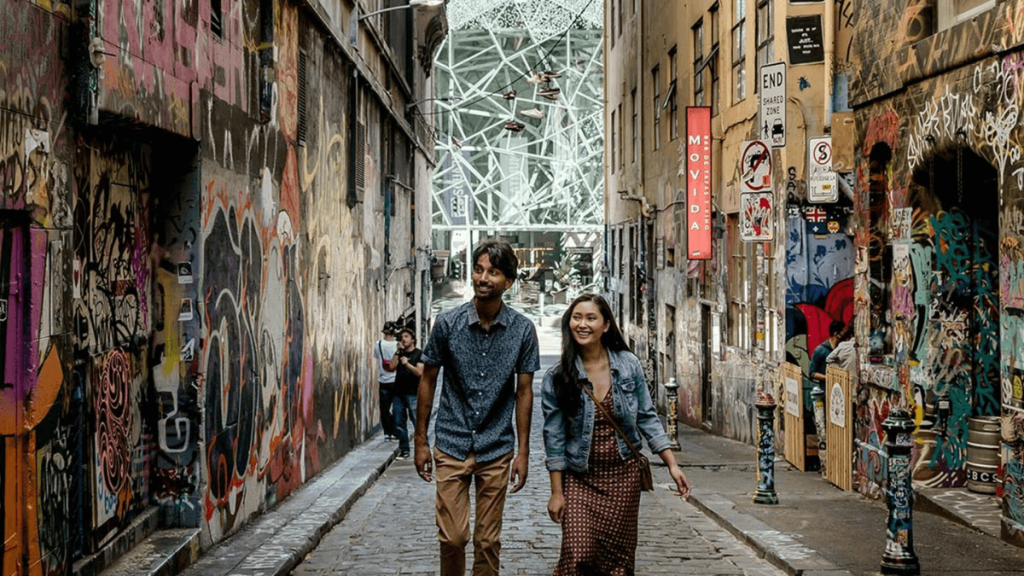
Image Source: Visit Melbourne
Cities in Australia, such as Adelaide, Brisbane, Sydney, and Melbourne, are like living museums. The murals in Western Sydney and the graffiti-covered walls of Hosier Lane are examples of how street art is creating a new, often radical, identity for modern Australia. These pieces address a wide range of topics, including environmental degradation, psychological well-being, racial harmony, and gender identity.
Street art is more than just wall décor; it’s a way the public can share stories. It gives new artists a platform, many of whom originate from underrepresented groups, to speak out about issues that aren’t often covered or appreciated in more established art spaces. By doing so, it influences how people think about and talk about contemporary Australian identity.
In a similar vein, the growth of DIY festivals, zines, and independent music is indicative of a movement away from corporate gatekeeping and toward grassroots representation. Punk scenes and hip hop collectives are two examples of cultural movements that are shaking things up in Australia and providing a voice for those who see things differently.
Literature and the Local Voice
Issues of location, identity, and voice have long preoccupied Australian literature. This discourse has intensified and broadened in the past few years. Trent Dalton, Tara June Winch, and Maxine Beneba Clarke are just a few of the authors whose works are reshaping American literature by addressing issues both specific to American life and more broadly.
New voices have been amplified in Australia’s narrative with the recent proliferation of memoirs, especially those of women, LGBT people, and people of colour. Books like this do more than simply pass the time; they also teach, provoke thought, and deepen the understanding of Australians for one another.
Literary festivals, from Byron Bay to Perth, are gaining prominence as spaces for connecting with others, exploring one’s own identity, and debating cultural issues. Book clubs, podcasts, and online reading communities are on the rise, which further demonstrates how literature has influenced contemporary Australians to be more reflective and self-aware.
Film and Television: Shifting Screens, Shifting Perspectives

Image Source: ABC TV
Images of mateship, larrikin humor, and the outback frontier have long been projected by Australian film and TV. However, modern artists are turning the tables on this. Mystery Road, Total Control, and The Newsreader are just a few of the Australian series that deftly handle racial, gender, and political themes.
Meanwhile, Australian filmmakers like Benjamin Law, Leah Purcell, and Justin Kurzel are sensitively and fearlessly creating works that mirror the country’s changing character. The Babadook, Samson and Delilah, and The Drover’s Wife are just a few examples of Australian stories that have achieved global recognition. This is a testament to our culture’s self-assurance in telling our stories the way it is.
Because streaming services have eliminated the conventional distribution and access hurdles, more varied perspectives are able to reach an audience. Perceptions of national identity are being further shifted as a result of audiences being exposed to a more diverse and authentic portrayal of Australian society.
Performing Arts and the Power of Presence
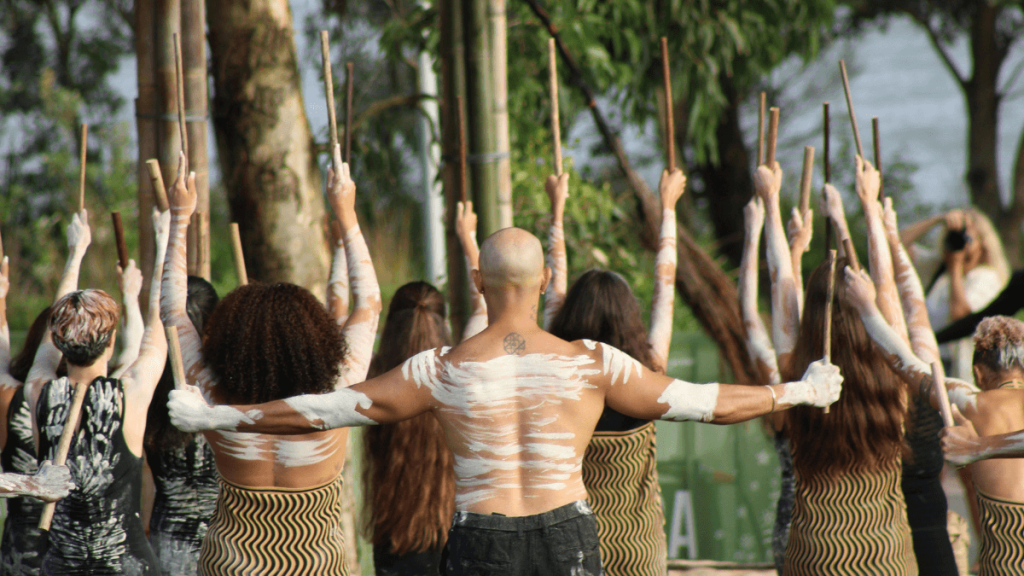
Image Source: Valentin from Pexels
Live performance continues to be one of the most visceral expressions of cultural identity. From Sydney Theatre Company’s powerful stage productions to community-based storytelling in regional towns, the performing arts invite reflection, empathy, and sometimes confrontation.
Australia’s theatre, dance, and live music scenes are thriving with talent that resists categorisation. Artists like Kate Mulvany, Arka Das, and Meyne Wyatt bring raw, lived experience to the stage—experiences that challenge stereotypes and present complex, real people with multifaceted identities.
Festivals such as WOMADelaide, Dark Mofo, and the Darwin Festival showcase not just performance but cross-cultural collaboration. These events serve as cultural meeting grounds where people from all walks of life gather to celebrate shared humanity through art.
Digital Platforms: Culture in the Click Age
In the digital era, modern Australian culture is no longer defined solely by galleries or stages. TikTok creators, YouTube filmmakers, Instagram poets, and online illustrators are reaching audiences of millions—especially among younger Australians. They are defining Australian identity one post at a time, often in ways more immediate, funny, and personal than traditional media allows.
Digital platforms have also enabled diasporic Australians to share hybrid identities that bridge the cultural gap between heritage and homeland. Creators like Nat’s What I Reckon, Suzan Mutesi, and Aunty Donna are building fanbases by being unapologetically themselves—offering authenticity in a space historically dominated by filtered sameness.
These digital creatives are not fringe players. They are vital parts of the cultural ecosystem, proving that Australian identity is just as much about memes, reels, and satire as it is about sculpture or oil on canvas.
Government Support and Cultural Policy
The role of policy cannot be overlooked. Government funding, or the lack of it, directly impacts the health and reach of Australia’s arts sector. The Australia Council for the Arts and Creative Australia (formerly Creative Partnerships Australia) have played essential roles in promoting Australian stories both at home and abroad.
However, there is growing concern within the arts community about sustainability, especially for independent and regional artists. Post-pandemic recovery, shifting political priorities, and the need for greater diversity in funding distribution are all critical conversations in shaping the future of arts and Australian identity.
A strong, supported arts sector doesn’t just generate economic value—it generates cultural capital. It helps Australians see themselves, understand their neighbours, and imagine new futures.
Redefining the ‘Australian Character’
If the old archetype of the Aussie bloke—stoic, sunburnt, sport-obsessed—once dominated the cultural narrative, today’s Australia is looking more expansive, empathetic, and expressive. Arts and culture are leading that change, not just reflecting it.
The modern Australian character is as likely to be a queer poet in a small town as it is a first-generation hip hop artist from Western Sydney. It’s a Wiradjuri dancer interpreting ancestral stories, a Vietnamese-Australian chef turned visual artist, a Gen Z TikToker using humour to explore identity and mental health.
The point is not to erase the past, but to expand the frame. To make room for more stories. More truths. More art.
Conclusion: Art as Mirror and Map
The role of arts and culture in shaping modern Australian identity cannot be overstated. It offers a mirror to who we are and a map to who we might become. Whether through the ancient rhythms of Indigenous dance, the intimate words of a memoir, or the rebellious splash of graffiti on a laneway wall, art continues to reveal the evolving soul of Australia.
In a world where culture can be polarising, Australian artists are doing the opposite: stitching together disparate threads to form a richer, fuller picture of national identity. This picture is more diverse, more honest, and more inspiring than ever before.
And perhaps that is the ultimate triumph of modern Australian culture—it doesn’t seek to define identity with a single story, but dares to tell many.

